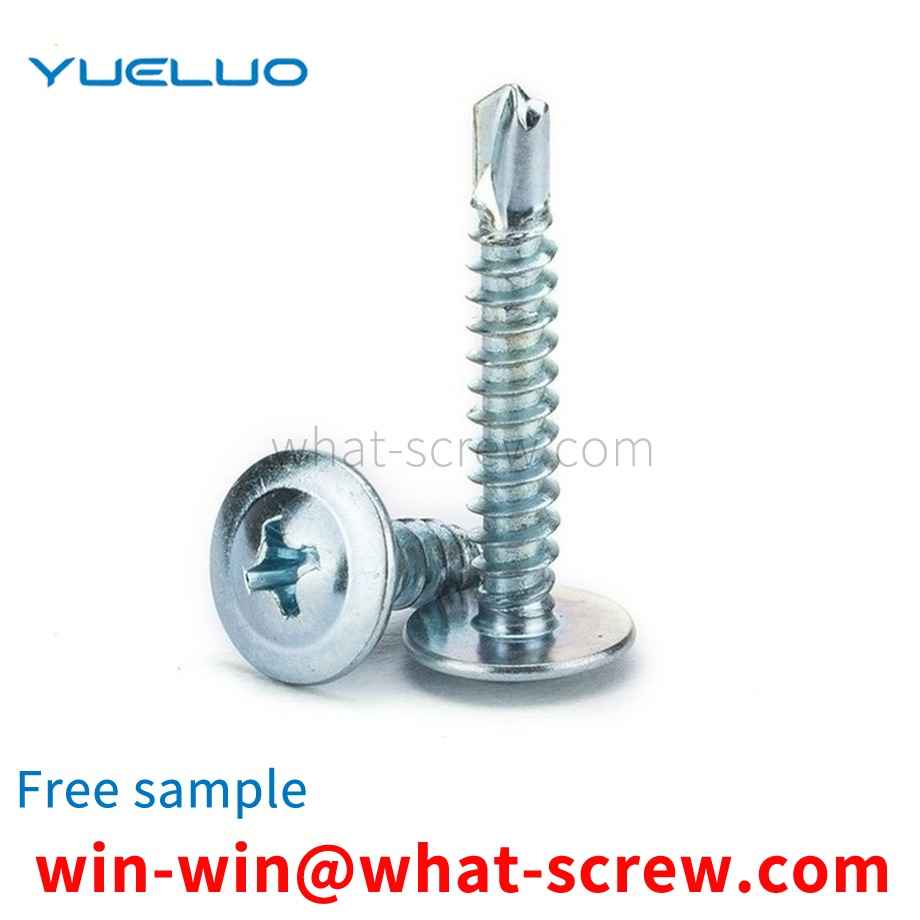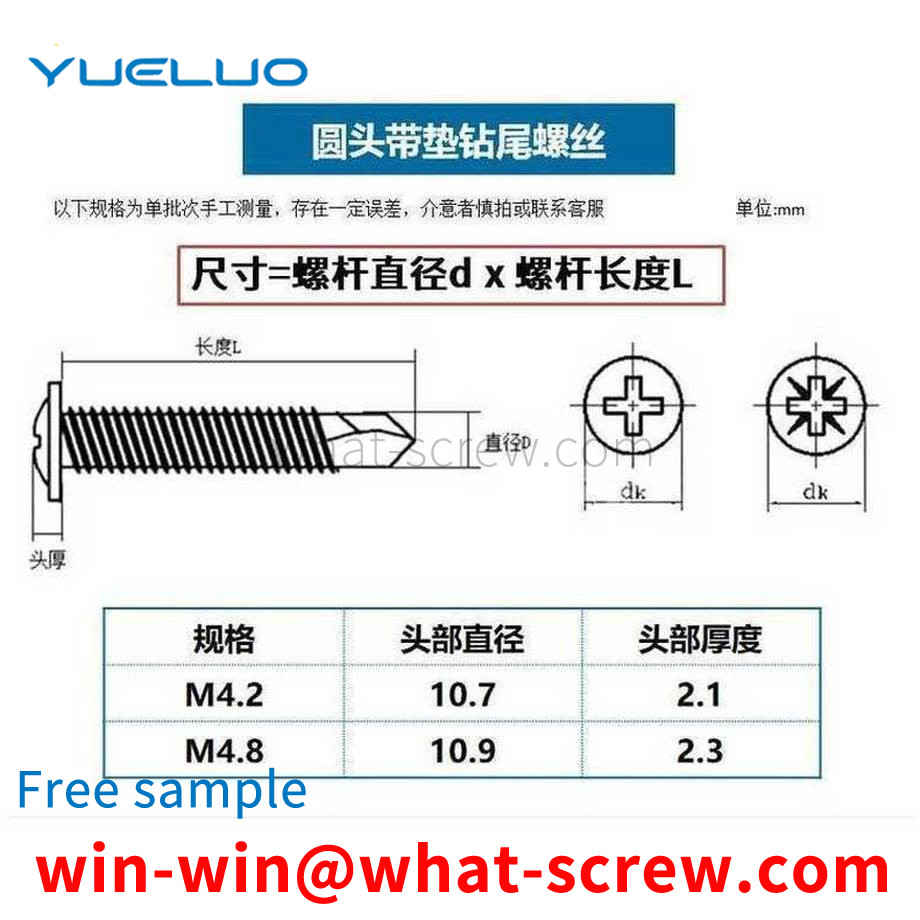However, although the above-mentioned screw belt (2) can achieve the expected effect, it is also found in its actual implementation. Although this structure has multiple grooves on both sides of the main body for the driving and turning of the locking screw tool, However, the groove is only used for driving the screw belt drive, and since the screw will swing on the screw belt, it is impossible to stably align the screw on the screw belt with the point where the screw is to be set. , which leads to great inconvenience in operation and use, and also affects the efficiency of screw and screw installation, so that there is still room for improvement in the overall structural composition.
The fastener with a nut is composed of a polygonal nut and a bolt. The bolt includes an integral screw rod and a screw head. The fastening surfaces of the nut and the screw head are polygonal. There are external threads on the periphery of the screw, and the main point is that the axial three-dimensional shape of the nut and the screw head is an odd-numbered truncated cone, and the odd-numbered angle is an arc angle, and each arc angle corresponds to an elastic surface.
Wood screws are similar to machine screws, but the thread on the screw is a special thread for wood screws, which can be directly screwed into wooden components (or parts) to connect a metal (or non-metal) part with a through hole to a wood screw. The components are fastened together. This connection is also a detachable connection.
The most important link in the development and design of fasteners is quality control. There are several major points from the feed to the finished product shipment, and these major points have different inspection methods. First of all, the feed is related to appearance, size, elements, performance, detection of harmful substances, etc.; the process is more about appearance, size, percussion test, forging flow line; heat treatment is more about appearance, hardness, torque, tension , metallography, etc.; the surface treatment is more about some hydrogen embrittlement tests, coatings, salt spray, etc., including a detection of harmful substances in shipments. In size and appearance inspection, the common ones are quadratic element, contour measuring instrument, three-coordinate measuring instrument, image sorting machine (this is a full selection machine); in mechanical and chemical inspection, there are mainly hardness machines (Rockwell and Vickers). ), tensile machine, metallographic microscope; in material testing, there is a spectrum analyzer and a salt spray testing machine.
Earless retaining ring (known as Constant Section Rings abroad) is also called constant section retaining ring, because the cross section is equal, and there is no ear part protruding from the traditional stamping retaining ring, so it is called earless retaining ring. Earless retaining ring and spiral retaining ring have similarities in production, processing and use characteristics. They are both flattened and wound by steel wire. After heat treatment and surface treatment, they have good elasticity and toughness. Earless retaining ring is divided into two types: shaft use and hole use, and there are various forms of tail ends to choose from. The application of earless retaining ring is the same as that of traditional C-type retaining ring, which is widely used in hydraulic parts assembly, valves, instruments, various lock core components, needle roller bearings, pulleys, connectors, quick connectors and other mechanical assemblies.
We have many years of experience in the production and sales of screws, nuts, flat washers, etc. The main products are: fisheye washer screws, hollow nylon circular isolation column, factory price supply, pressure riveting column SOS pressure riveting stud and other products, we can provide you with The right fastener solution for you.



















 Service Hotline
Service Hotline




